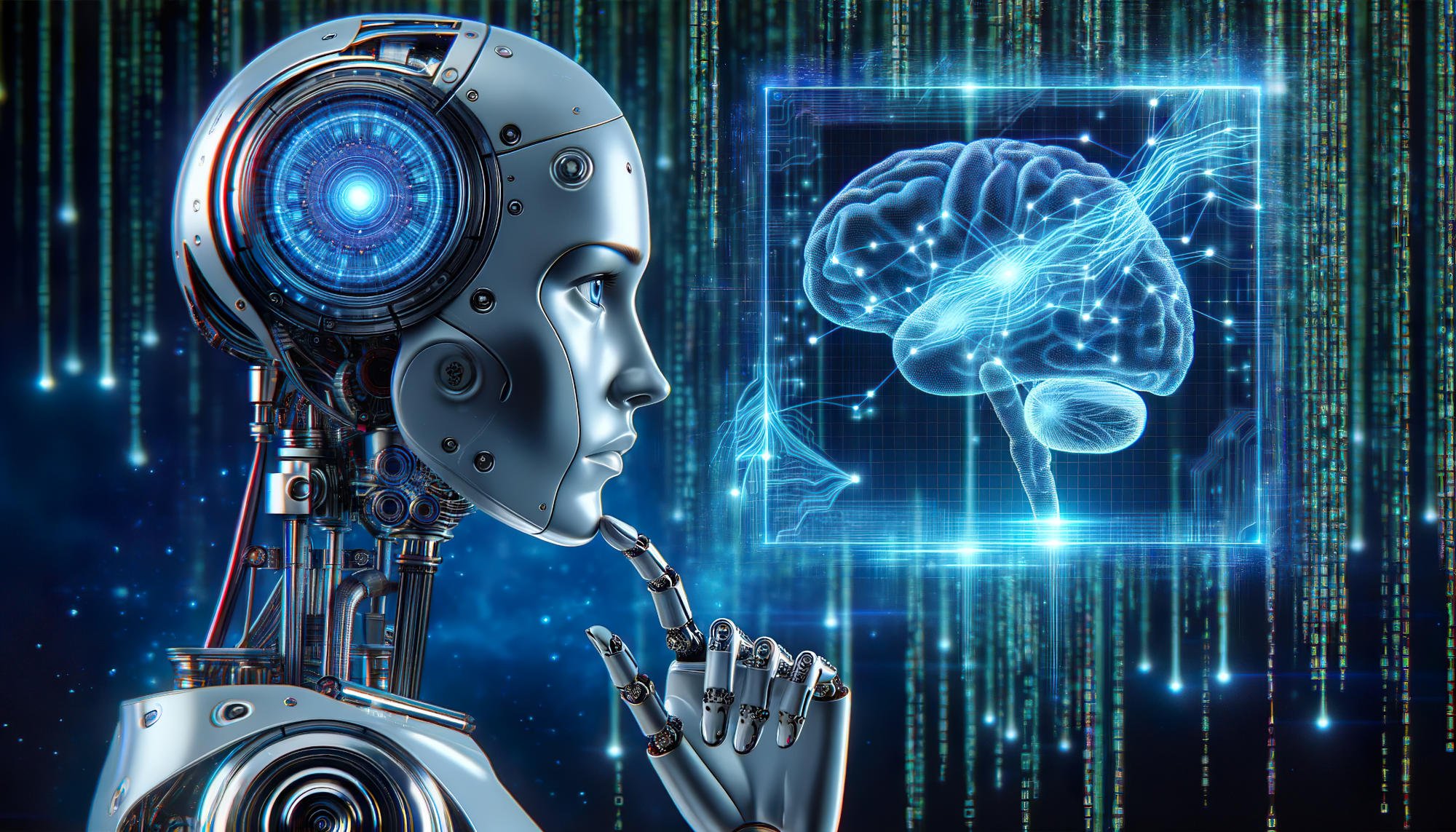
Tomviet
Add a review FollowOverview
-
Founded Date October 14, 1924
-
Sectors Security Guard
-
Posted Jobs 0
-
Viewed 64
Company Description
What Is Expert System (AI)?

While scientists can take lots of techniques to constructing AI systems, machine knowing is the most extensively used today. This includes getting a computer to analyze information to determine patterns that can then be utilized to make predictions.
The knowing process is governed by an algorithm – a sequence of directions written by human beings that tells the computer how to examine data – and the output of this procedure is a statistical model encoding all the discovered patterns. This can then be fed with brand-new data to produce forecasts.

Many kinds of maker learning algorithms exist, but neural networks are among the most extensively utilized today. These are collections of artificial intelligence algorithms loosely designed on the human brain, and they discover by adjusting the strength of the connections in between the network of “artificial nerve cells” as they trawl through their training information. This is the architecture that much of the most popular AI services today, like text and image generators, use.
Most cutting-edge research today includes deep learning, which refers to using large neural networks with lots of layers of artificial neurons. The concept has actually been around because the 1980s – however the enormous data and computational requirements limited applications. Then in 2012, researchers found that specialized computer chips called graphics processing units (GPUs) accelerate deep learning. Deep knowing has actually since been the gold requirement in research.
“Deep neural networks are sort of artificial intelligence on steroids,” Hooker said. “They’re both the most computationally expensive designs, but likewise normally big, effective, and meaningful”
Not all neural networks are the same, nevertheless. Different setups, or “architectures” as they’re understood, are matched to various tasks. Convolutional neural networks have patterns of connectivity inspired by the animal visual cortex and stand out at visual tasks. Recurrent neural networks, which include a form of internal memory, specialize in processing consecutive data.
The algorithms can likewise be trained in a different way depending on the application. The most typical method is called “supervised learning,” and involves people designating labels to each piece of information to assist the pattern-learning process. For example, you would add the label “cat” to images of felines.

In “not being watched learning,” the training information is unlabelled and the maker needs to work things out for itself. This requires a lot more data and can be difficult to get working – but due to the fact that the learning process isn’t constrained by human prejudgments, it can cause richer and more powerful designs. Many of the current advancements in LLMs have used this technique.
The last major training technique is “reinforcement knowing,” which lets an AI find out by trial and . This is most commonly utilized to train game-playing AI systems or robots – including humanoid robots like Figure 01, or these soccer-playing mini robots – and involves consistently attempting a task and upgrading a set of internal rules in reaction to favorable or unfavorable feedback. This approach powered Google Deepmind’s ground-breaking AlphaGo design.
